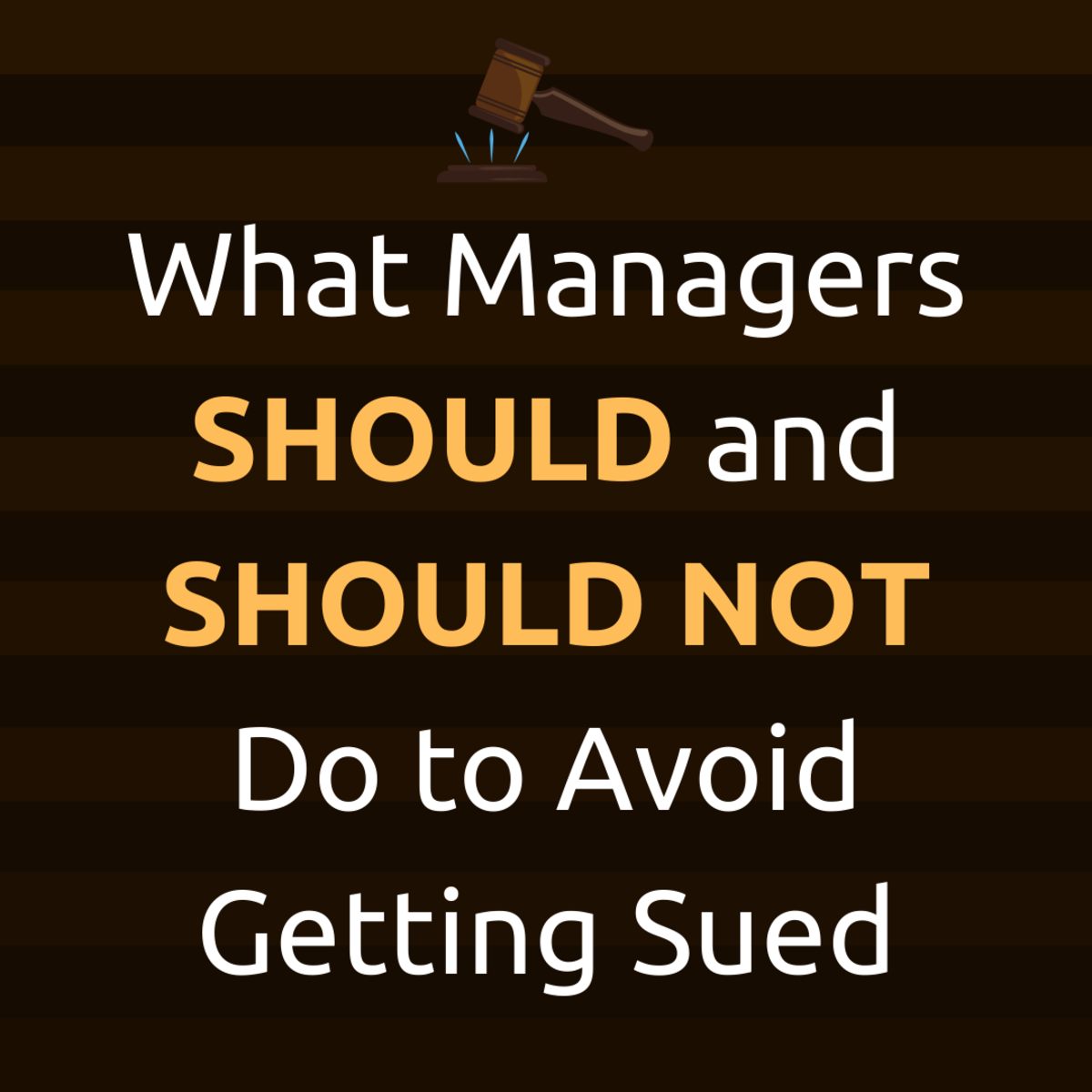What You Must Do Before You Terminate Employment

When a job opens up, human resources and managers put a lot of time and money into finding the right candidate. When an employee is hired, hopes are high. However, sometimes employees do not live up to expectations. Before an employee termination though, there are steps that should be taken.
A manager never wants to waste money; it is important to streamline costs at all times. Therefore, if an employee isn’t performing up to par, it is essential to try to improve job performance. Terminating employees should always be a last resort. So, before you fir an employee take the following steps.
Step One: Document, Document, Document
When you realize that an employee isn’t performing well, you must do is to start documenting the employee’s work and any problems. Document any help given to the employee to improve job performance. Before you fire an employee, you must have documentation. This will help prove that all efforts were made before steps to fire an employee were taken and employees terminated cannot sue for unfair firing if the problems lead to employee termination. Hopefully though, you can turn around the employee’s performance through proper employee discipline and guidance.
Step Two: Give the employee Every Chance to Succeed
Time and money have already been spent on recruiting, hiring, and training. You do not want this to have been squandered uselessly. Ask yourself if more training will possibly solve the problem: Is it that the employee simply doesn’t understand how to perform the job correctly? If this is the case, all issues might easily be resolved through setting the employee up with a mentor that can teach the proper steps to the employee. Some employees just need a little more time to grasp concepts, but once they do, they can become the best at their jobs.
If the employee seems to understand the job requirements and/or seems to be falling short all of a sudden, take a look at the situation. Is there a work environment issue that you can help with? For example, if the employee has an extremely ill spouse, perhaps you can set up a couple of days for telecommuting to help with the stress and improve employee performance. Or, it is possible that the work load has increased so much that it is nearly impossible for one person to do it all well. In which case, you might move some of the responsibilities to another employee to help pick up the slack.
Step Three: Inform the Employee
Be sure to sit down with the employee and objectively tell what you believe the problems are. Explain what the impact is on the job and coworkers, if applicable. This is best done with performance reviews. To keep the employee open to what you have to say, be sure all criticism is constructive. Tell the employee what your expectations are clearly, and how you plan to help the employee meet these expectations. Also let the employee know what the consequences are if expectations are not met. At the same time, be sure to listen to what the employee has to say; they may tell you what the problem is and how to solve it.
Step Four: Allow For Improvement
If you expect immediate results, you’ll be disappointed. Improvements do not happen overnight. The minimum amount of time you should give is 30 days. If improvements are being made, you may wish to continue a probationary period in 2 week – 30 day increments. At the end of every time period, a performance report should be given. Let the employee know what is improving and where work still needs to be done.
If there are no improvements, or things stall out and do not get to where they need to be, it will be time to take steps for employee dismissal. You will have complete documentation to prove you did everything possible to help the employee keep their job and there was no unfair termination. Employees terminated will know they were treated fairly. This will also help to keep other employees on the team from building resentments or fearing for their jobs. See How To Fire an Employee The Right Way.









